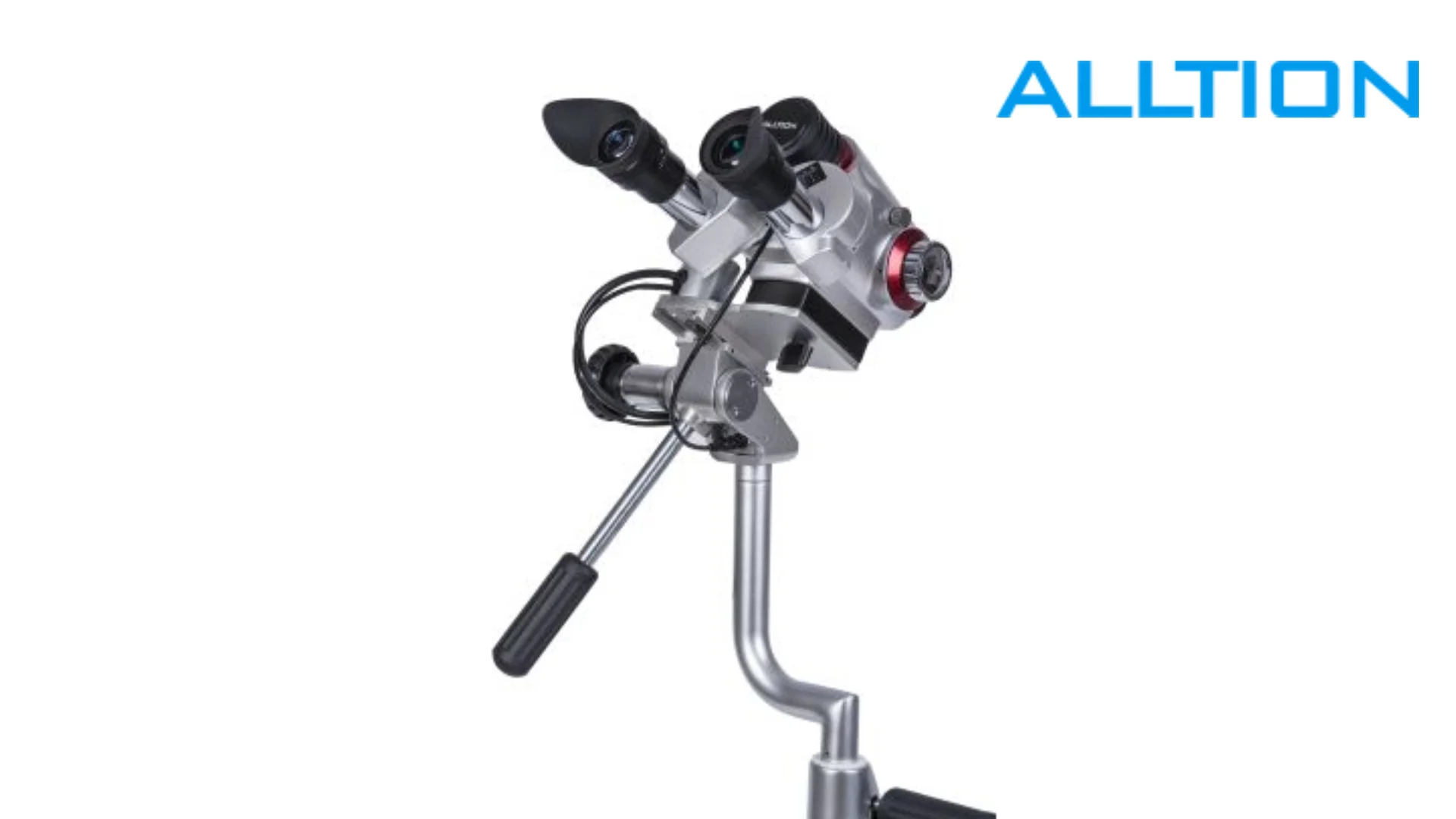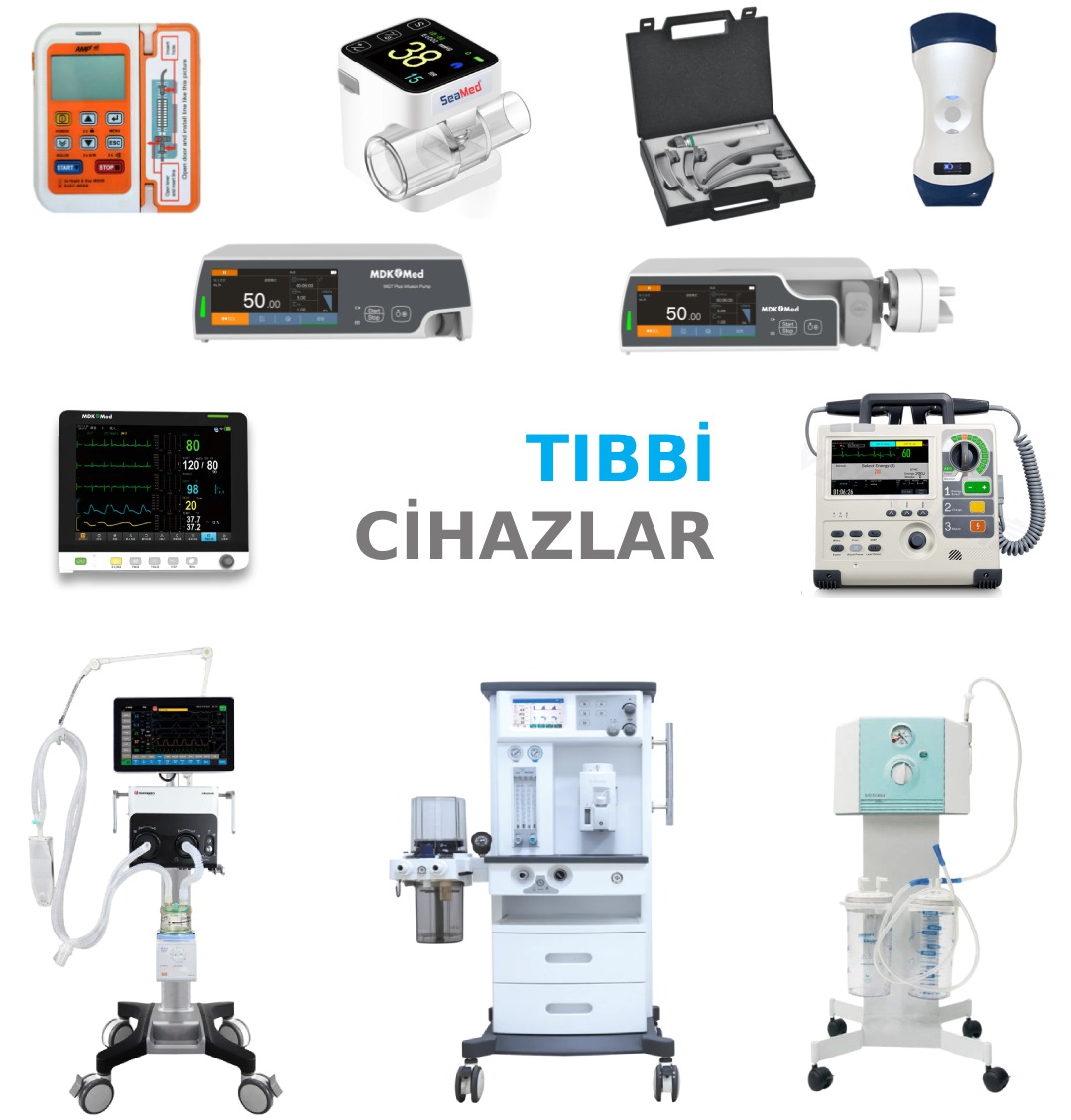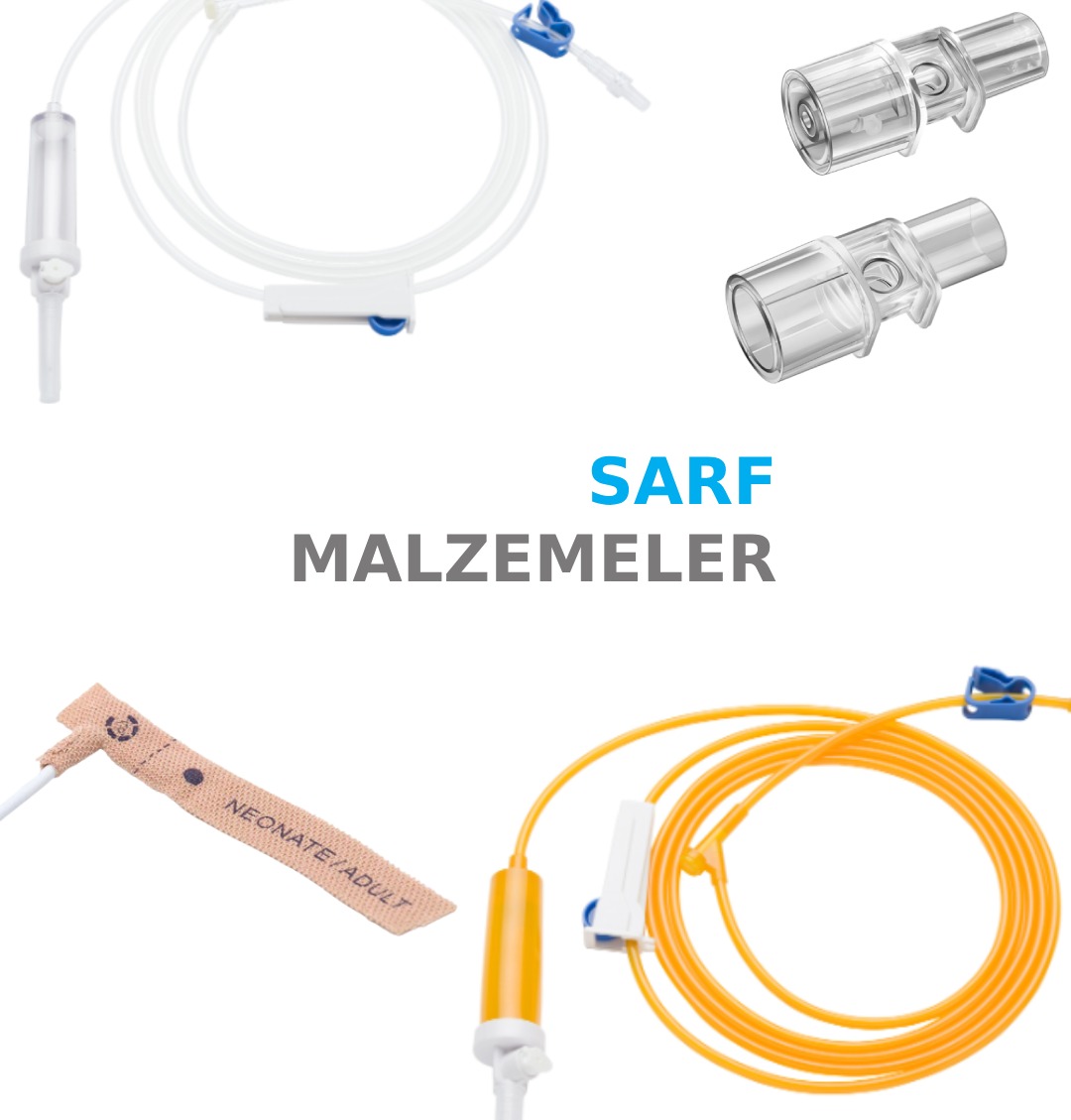
ALLTION AC-2311DA BINECULAR COLPOSCOPE
- – 3.75x, 7.5x, 15x Zoom
- – 79 mm, 39 mm and 19 mm Field of View
- 4.5mm, 1.13mm and 0.76 Depth of Field
- 300 mm Focal Distance
- Light Intensity: 30,000 lux
- Built-in Rheostat for Brightness Adjustment
- 1080p FHD Image Transmission
- Built-in Green-Light Filter
- Easy Replaceable LED Bulb
- Precise Height and Focus Adjustment
Binocular Colposcopes are medical devices used to examine areas such as the cervix, vagina, and vulva in more detail during a gynecological examination. These devices have a double glasses system that provides magnification and exact images. Binocular Colposcopes are used to detect abnormalities, evaluate lesions, and take biopsies during a gynecological examination. It is also commonly used in preventative health checks, such as cervical cancer screening and monitoring.
The working principle of Binocular Colposcopes is quite simple. These devices include a light source, optical lenses, and a glasses system. The light source provides illumination of the examined area, and optical lenses perform the function of magnification and focusing. The binocular glasses system allows the user to receive a stereoscopic image, that is, it provides a 3D-like image. In this way, gynecologists can examine tissues in more detail and detect abnormalities more easily.
The usage areas of Binocular Colposcopes are quite wide. The most common use is cervical cancer screening. Colposcopes are used to identify abnormal cells in the cervix and detect potential precancerous lesions. They are also widely used in the early diagnosis of gynecological diseases, evaluation of lesions, follow-up condyloma (wart) infections and cervical biopsies.
Some technical terms related to Binocular Colposcopes include:
Acetowhite Area: The area in the cervix that turns white when acetic acid is applied. This area may be an indicator that abnormal cells may be present.
Colposcopic Imaging: Examination performed under high magnification through colposcopic lenses. During this examination, gynecologists evaluate the tissues in detail.
Schiller Test: It is the staining of the cervix with iodine solution. Abnormal cells may appear white or yellow, while normal cells remain a tan-brown color.
Binocular Colposcopes are an important diagnostic tool for gynecologists. These devices provide early diagnosis of gynecological diseases, are an effective tool in cervical cancer screening, and allow gynecological examinations to be performed more thoroughly and precisely.





